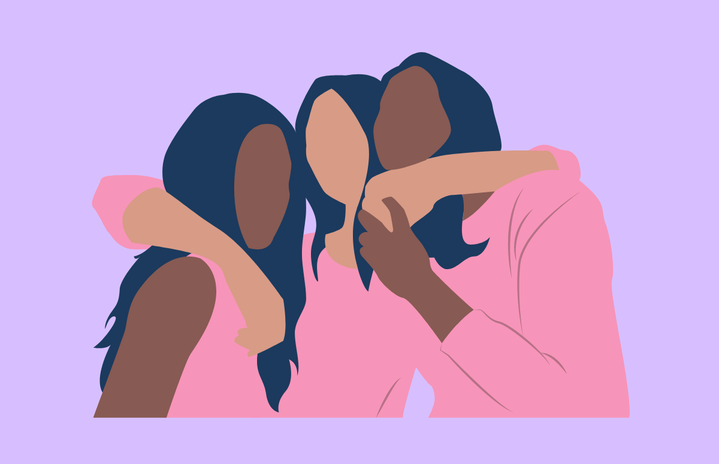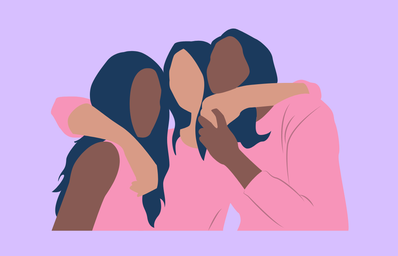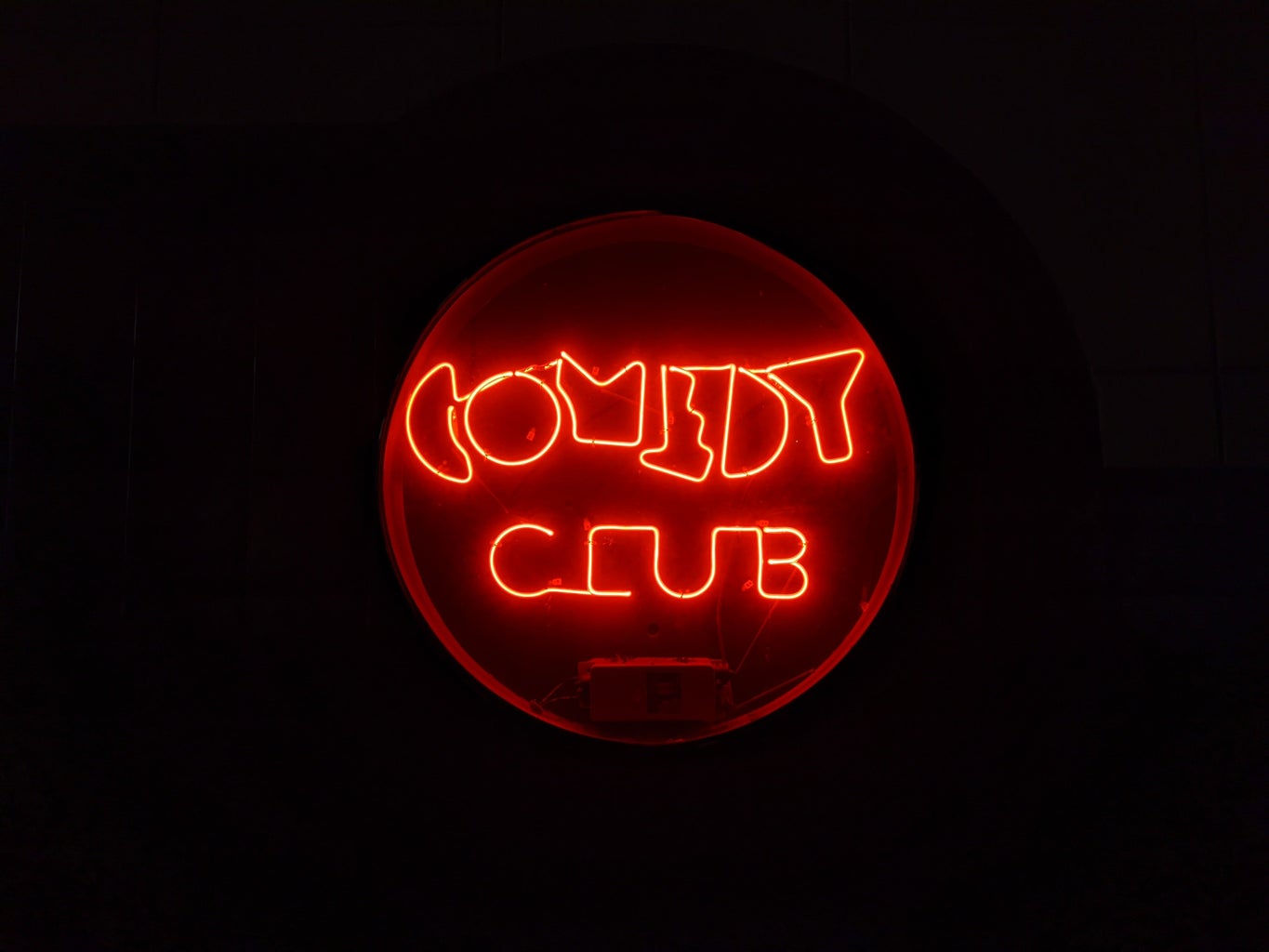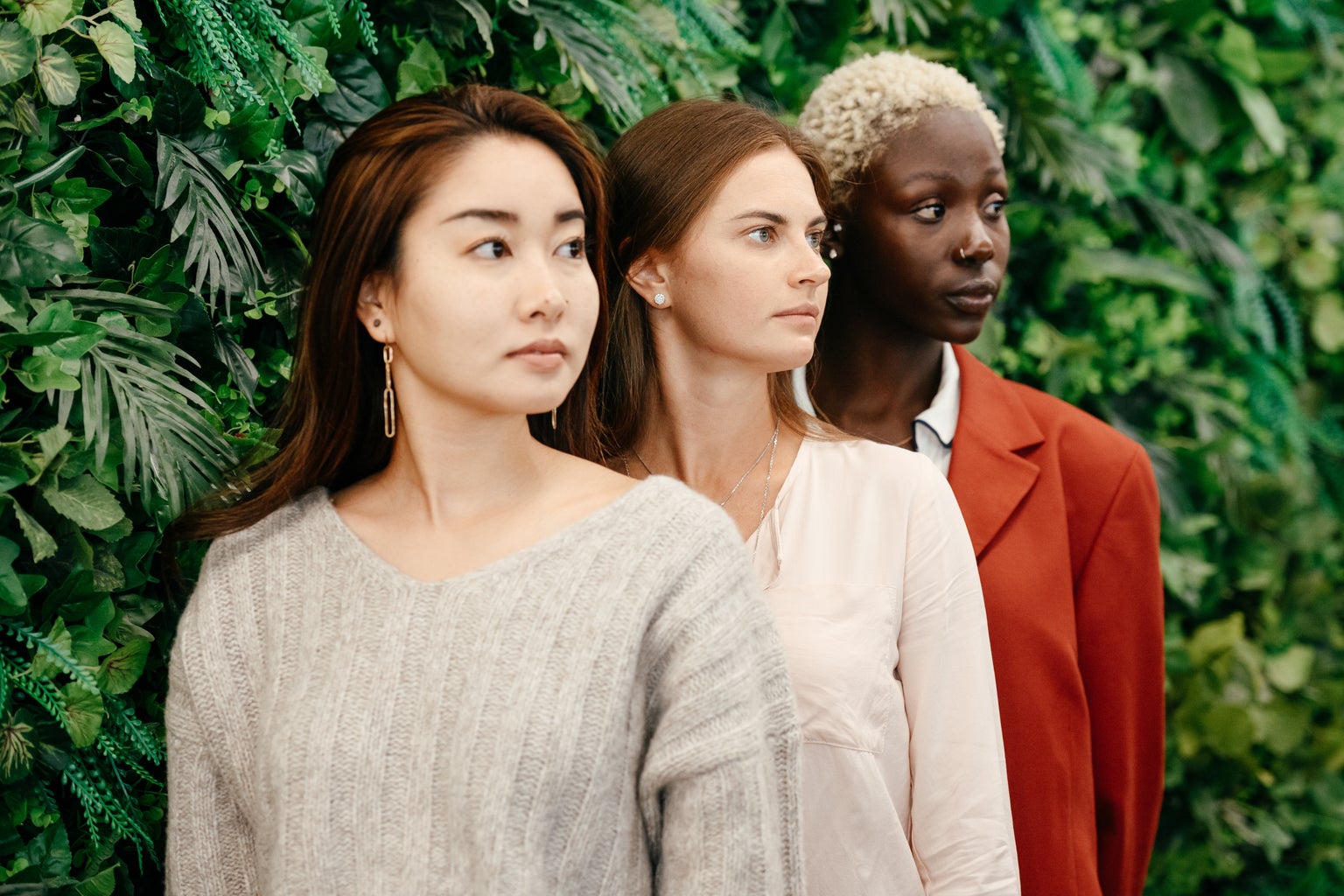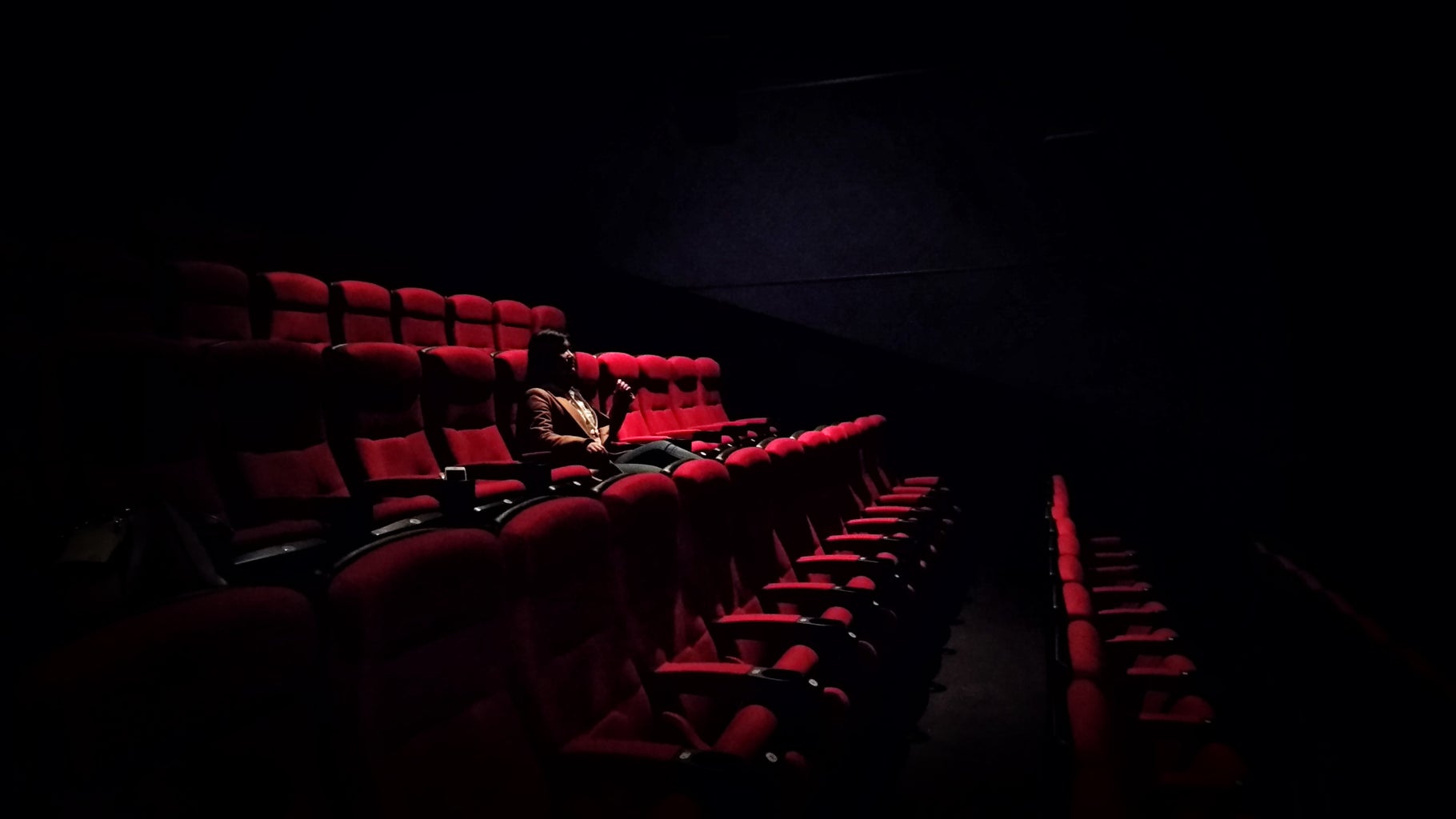Chick flicks are movies that are led by a female protagonist and, more often than not, feature an ensemble cast of women. They normally fit into the comedy genre and centre around everyday problems of women with a moral component or a lesson to be learned. Chick flicks are not to be conflated with romcoms, though the genres definitely overlap; while romcoms revolve entirely around romance and finding true love, chick flicks may interweave romance as an individual string in a web of varying components. Some of my favourite movies are classified as chick flicks, including Legally Blonde, The Devil Wears Prada, and Bridesmaids. Why is it that this genre is looked down upon and not held to a standard worthy of critique and consideration when they are movies with entertainment and moral value?

What distinguishes chick flicks from other movies? These movies are often centered around coming-of-age storylines that handle problems such as finding yourself, navigating relationships with friends and family, and reaching your true potential. However, these plot characteristics are not unique to chick flicks and are found in almost any coming-of-age movie. What seems to separate these movies from the larger genre is the fact that they are about and marketed towards women.
What makes Scott Pilgrim vs The World worth being marketed as a comedy movie for anyone but Clueless something marketed as a chick flick primarily for women? Movies with female leads are typically marketed towards women whereas the ones with male leads enjoy exposure to a larger audience; this points to the larger issue of what is deemed the “default” or “ideal” movie.
Movies and stories allow audiences to learn from perspectives different than their own. They can facilitate empathy and understanding when, as an audience member, you are put into someone else’s position and learn what it might be like to walk a mile in their shoes. When women’s stories are relegated to their own subgenre, men don’t tend to utilize the opportunity to learn about women’s perspectives, as there is a certain shame associated with enjoying content that is deemed feminine; this speaks to the negative connotation forced upon femininity. In contrast, people of all genders watch stories centered around men because they aren’t subgenred, which explains why The Hangover is consistently viewed as a comedy but the same is not always said of Bridesmaids. Use of the term chick flicks therefore relegates female comedy or narratives as secondary when stories about women should be for people of all genders, as it is important to be exposed to stories from unique perspectives and learn about the problems that different individuals face.
This dominance in perspective taking of course goes beyond the sexist subcategorization of chick flicks. While there have been improvements in the entertainment industry, the default perspective continues to surround heteronormativity, men, and white people. LGBTQ+ love stories are often pushed into a subgenre instead of just being deemed a romance. It is important that different people see themselves represented on screen — regardless of race, gender, ethnicity, or sexuality — and that they be kept in mind in most stories’ creations. For example, films about women can be made for women and by women to ensure that the characters’ experiences are captured through a female gaze, yet these stories should similarly reflect a range of diverse perspectives to encourage individuals from all demographics to watch and learn from these films.
We could all benefit from learning about other people’s experiences, as this plays a major role in how we interact with each other in society. The beauty of film as a medium of storytelling is that it allows for filmmakers to craft their own narratives, and honestly showcase how they view and experience the world. All it takes is venturing past what may be conventionally pushed as “high quality movies”; if people are willing and encouraged to explore the multitude of movies at their fingertips, they will be able to widen their worldview and become more informed and accepting members of society.
